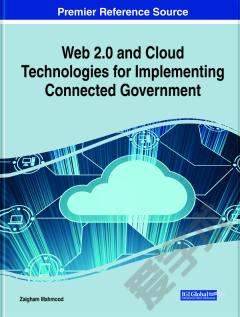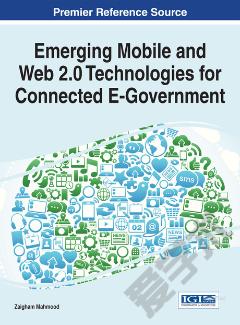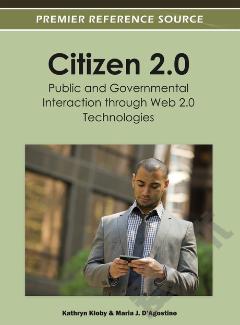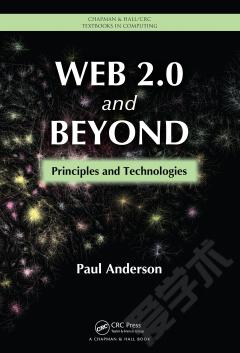Web 2.0 and Cloud Technologies for Implementing Connected Government
The emergence of cloud computing, internet of things, mobile technologies, and social networking have created better-connected members of the public who are digitally linked with each other in real time. Establishing this two-way interaction between citizens and governments has thus become attractive and an expected feature of governments worldwide. Previously, federal and local governments relied on first-generation technologies to provide basic levels of automation and digitization. Now, because of their desire to become more open, transparent, accountable, and connected, newer technologies including cloud computing, mobile networking, big data analytics, Web 2.0, and social media must be developed and utilized. Web 2.0 and Cloud Technologies for Implementing Connected Government is an essential reference source that presents various dimensions of connected government and connected e-governance visions as well as the latest emerging technologies. Offering development methodologies, practical examples, best practices, case studies, and the latest research, this book covers new strategies for implementing better-connected government models and the technologies that serve to establish these frameworks, including in-depth examinations of mobile technologies, automation, business intelligence, etc. as well as the various ethical and security issues surrounding the use and protection of data. This book is essential for federal, state, and local government officials; policymakers; civil servants; IT specialists; security analysts; academicians; researchers; and students.
{{comment.content}}








 京公网安备 11010802027623号
京公网安备 11010802027623号